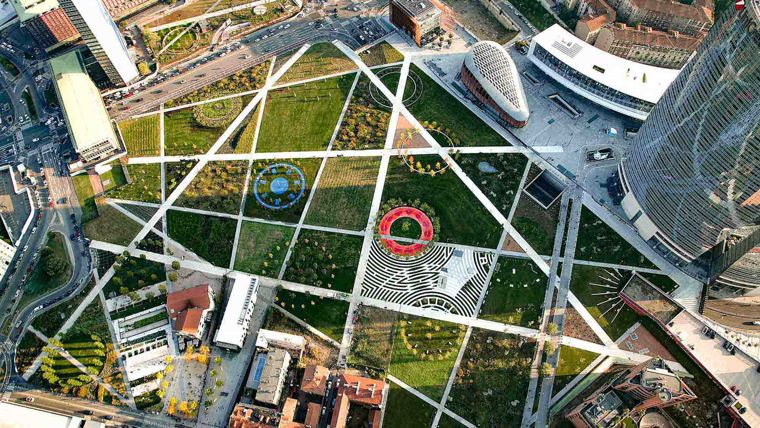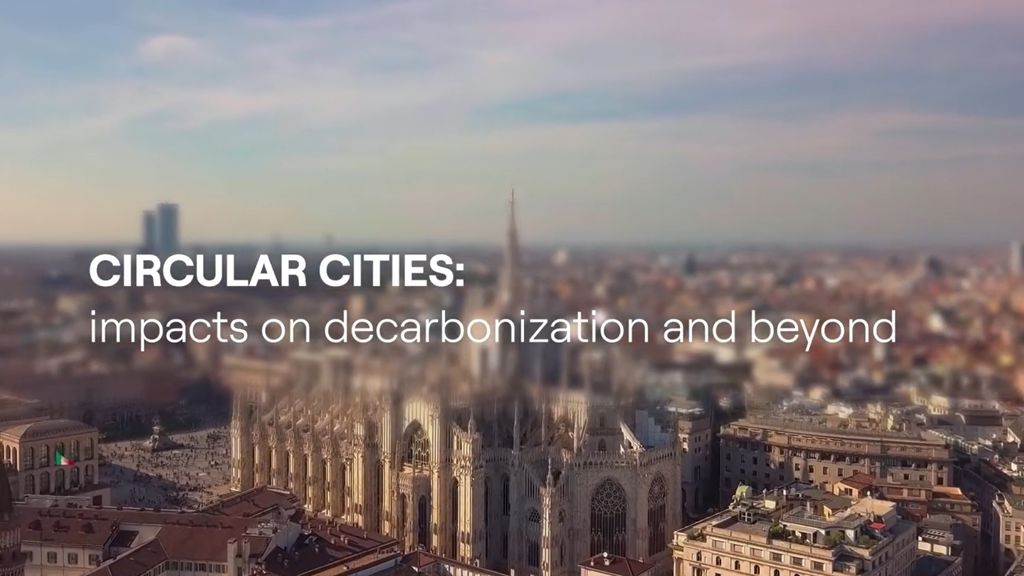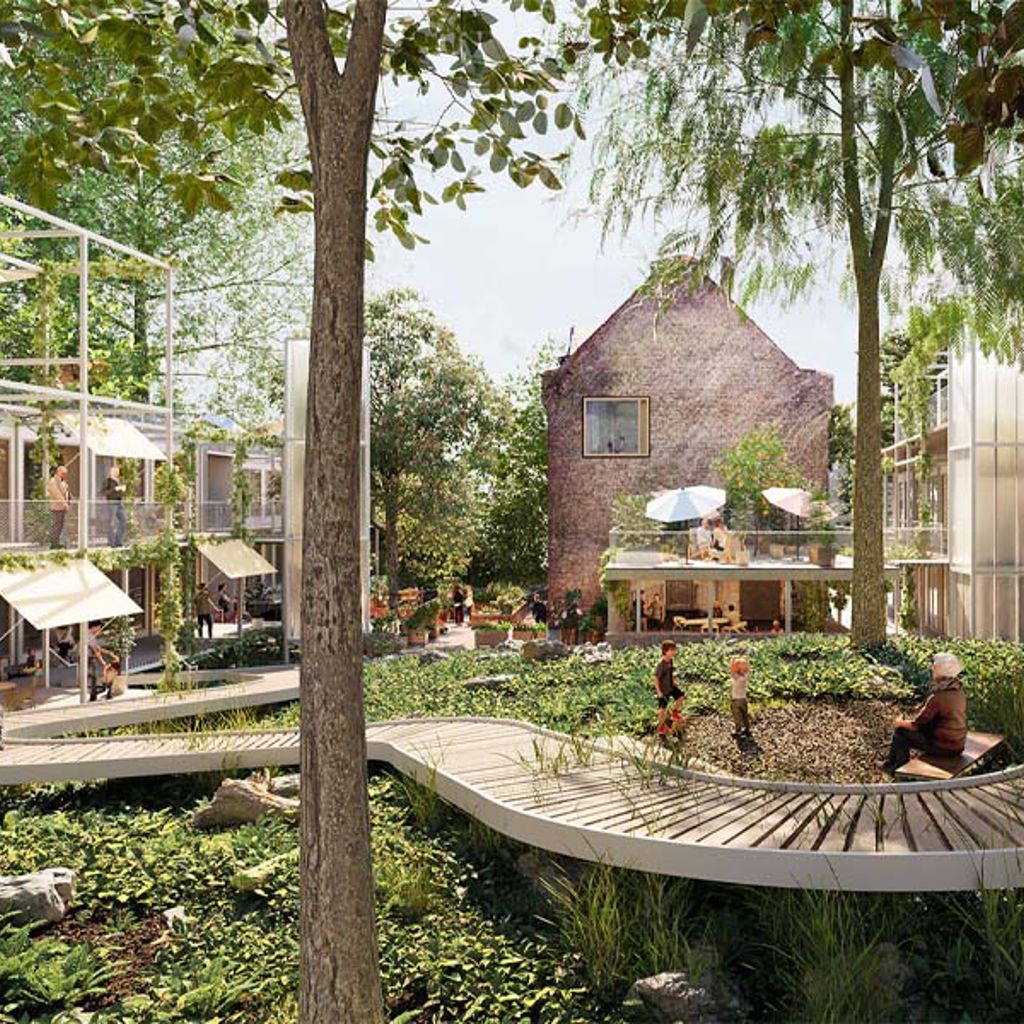The circular economy can decarbonise our cities
Circular economy principles represent a shift in productive, design and operational thinking. By designing for reuse and recycling we can reduce emissions, enabling asset owners and operators across all elements of city life, to use resources more efficiently.


Carol Lemmens
Director
Last updated: October 2022
With global deadlines looming, and given that the built environment is responsible for almost 50% of raw materials’ consumption, it’s becoming imperative that we shift to a re-use, recycle, remake ethos as rapidly as possible. These circular economy principles can help cities to meet emissions reduction targets and decarbonisation goals.
Circular economy principles, pioneered by our partners and collaborators at Enel Energy and organisations like the Ellen MacArthur Foundation, represent a fundamental shift in productive, design and operational thinking. By designing for reuse and recycling we can radically reduce emissions, enabling asset owners and operators across every element of city life, to use resources more efficiently. A forthcoming report from Arup and Enel will explore how this much needed revolution can be kickstarted.
Taking on decarbonisation
By taking a new and less tolerant approach to waste, we don’t just have an opportunity to decarbonise the built environment, energy and transport networks – the circular economy can also drive other beneficial social and market outcomes. Circular principles underpin a more resilient city, in measures that simplify or localise supply chains, protecting populations from some of the risks of globalisation.
In the urban context, implementing circular economy approach would represent a progressive shift that has considerable implications for urban factors like transport networks, energy systems and the wider built environment. Arup Chairman Alan Belfield commented on the scale of change this represents, speaking at Enel’s October 2021 Circular Cities event. “We’ve got to adapt and we need everybody to do this. Whether it’s developers, investors, architects, manufacturers, contractors, governments, regulators or consumers, no single group can lead the change alone.”
Time for uncommon collaborations
Transitioning to ‘circular cities’, where waste is almost totally unheard of, will require the forging of new links between organisations, developing collaborations that can drive new business models and generate profits delinked from wasteful practices. Data will play an increasing role too, underpinning materials passports, enabling easier and less costly reuse of materials. City administrators, as Alan Belfield points out, can also play a role – they have responsibility for thousands of buildings and can play an influential role in developing the ‘circular city’.

Cities can play a crucial role in making the circular economy agenda relevant, appealing and tangible, opening up opportunities to make change happen, by bringing citizens along with us. The circular interventions our report identifies represent good guidance about what can be done right now.
Carol Lemmens
Director
Find out more about the circular city
The Arup and Enel Circular Cities report takes a detailed look at how circular city principles can be implemented in cities like Bogotá, Glasgow, Milan and Genoa, helping them to decarbonise energy, transport and the built environment, while addressing longstanding resilience and quality of life issues.
Circular economy interventions across these three sectors will make an important contribution to achieving decarbonisation targets, but action is required across all sectors and the study presents a perspective on the practical actions that city leaders can adopt and promote to accelerate the transition towards a circular economy in their cities.
Get in touch with our team





